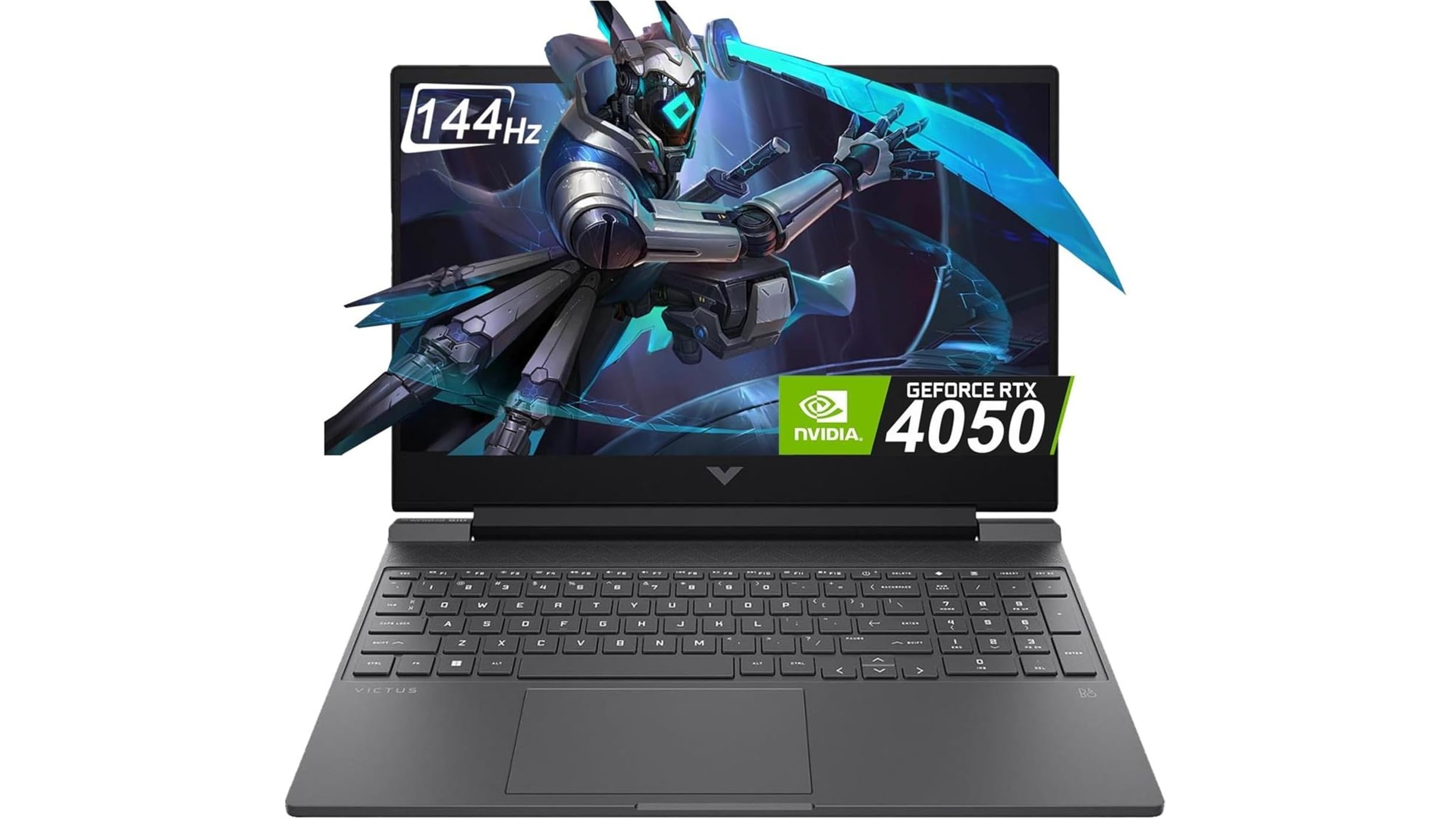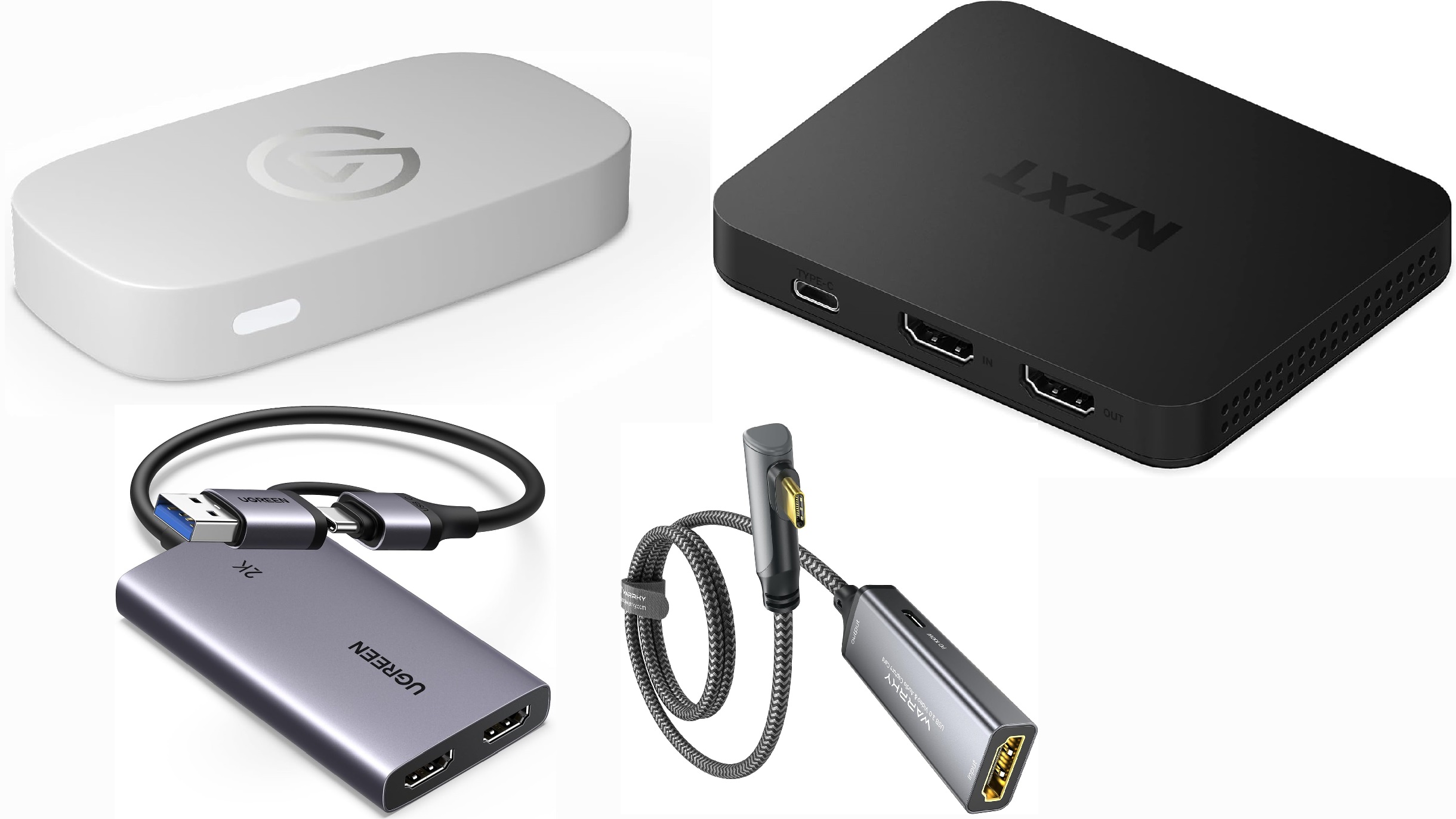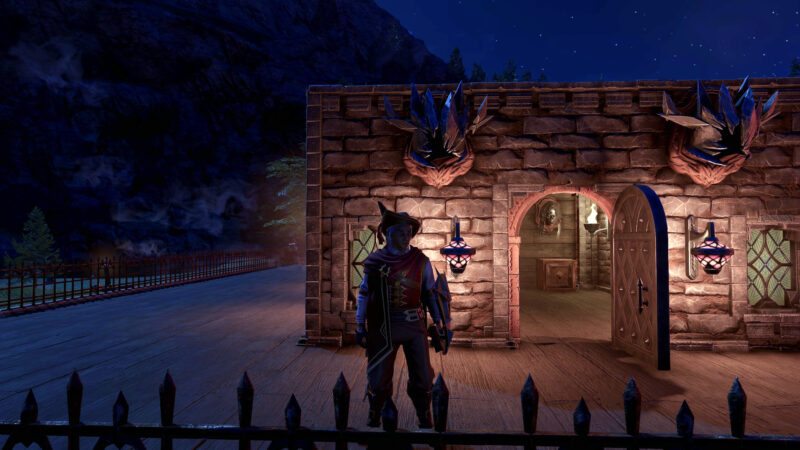Wondering if RAM Speed or more RAM Size will boost your FPS? This article explains the differences with real-world examples.
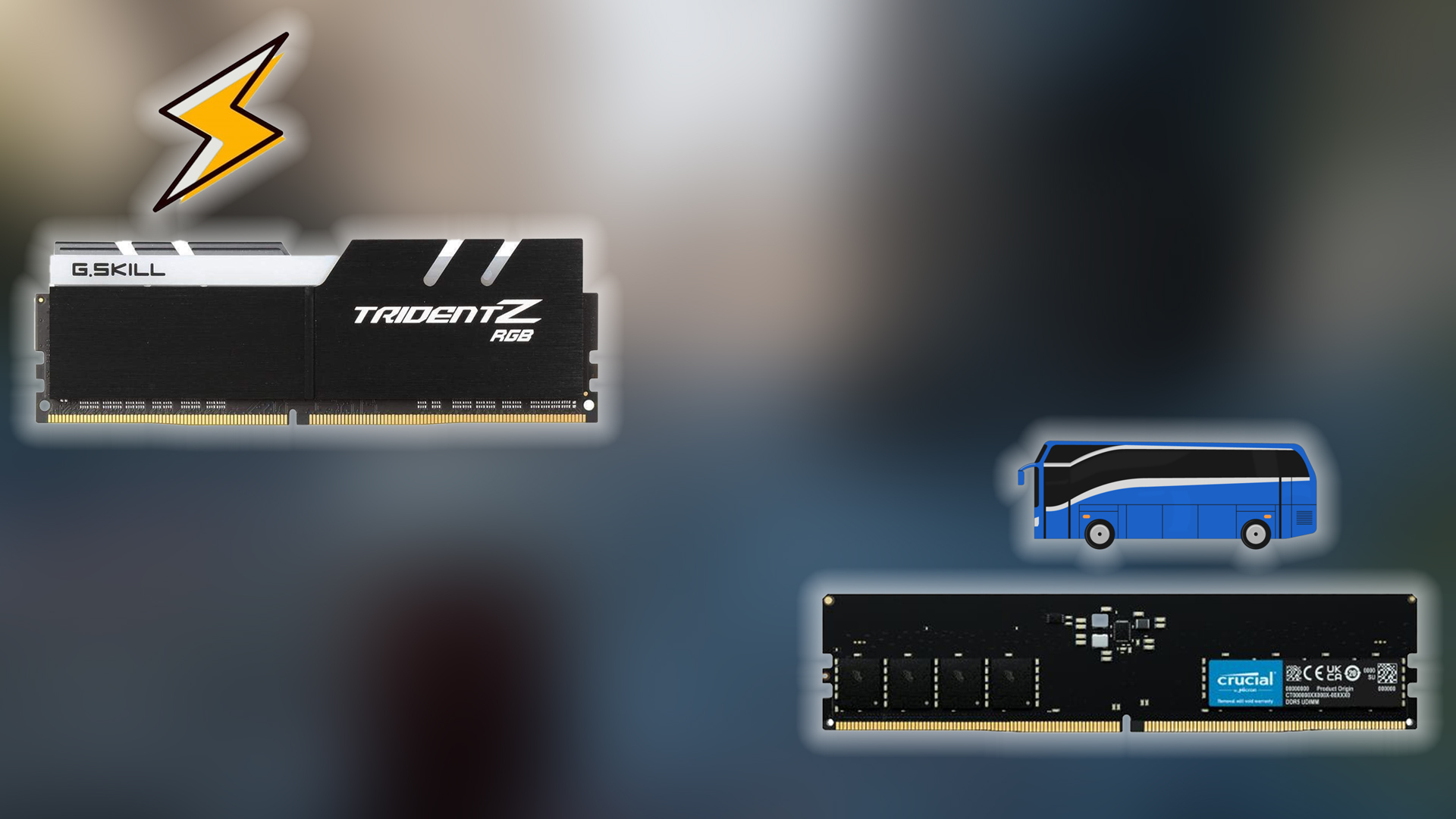
Gamers who are not geeky enough are often fooled by marketing gimmicks or discounts on high-capacity memory modules. Falling into the trap of marketing, their chances of grabbing an actual module that will significantly help them in gaming reduce drastically. RAM timings can get incredibly complicated. Buildzoid from Actually hardcore overclocking goes super in-depth with concepts like these. But for the masses, here is what you need to know before pulling the trigger.
RAM Size: How Much Do You Need?
It is now 2025, and assuming you use Chrome, Photoshop, MS Word, and PowerPoint, 16GB works best, albeit with a few minor issues, but it still works fine. 32GB is the current standard in 2025; anything beyond that means you are targeting video editing, professional use of Photoshop, After Effects, or DaVinci Resolve. As for gaming, 32GB is sufficient for most tasks, including gaming and light to moderate productivity tasks.
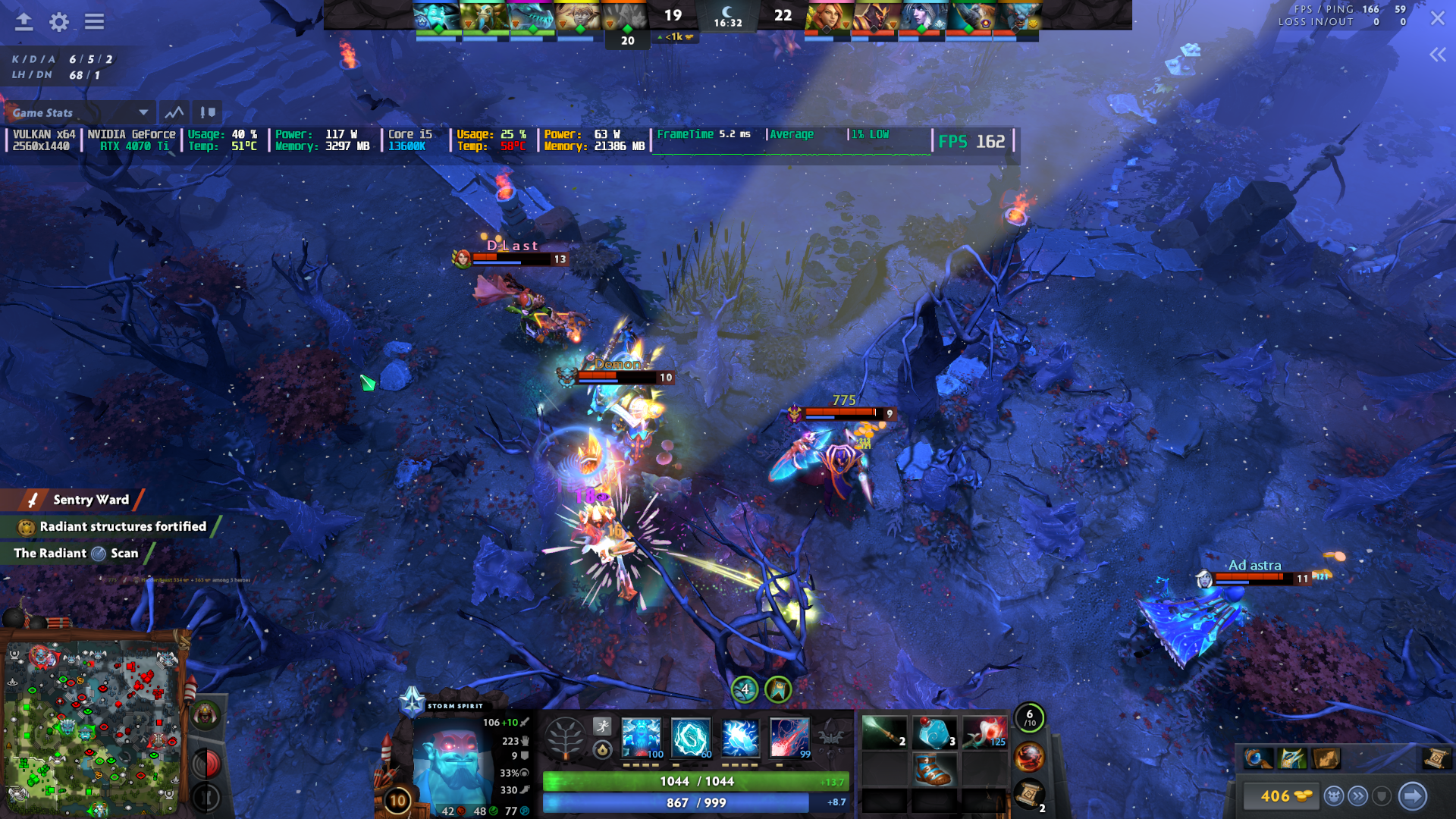
Testing with a DDR5-6000 CL38 kit tuned to DDR5-7200 CL32 results in a slight boost in average FPS in intense fights for Dota 2, increasing from ~225 to 240, a 6% increase with the RTX 4070 Ti. While this doesn’t solve the CPU-bound nature of the 13600K, it raises the GPU utilization, even at 1440p. In Counter-Strike 2, switching from DDR5-6000 CL38 to DDR5-7200 CL32 resulted in a 5–10% increase in GPU utilization, rising from ~75–80% to a consistent 80% average with the 4070 Ti, at 1440p. As simple as possible, more speed = more bandwidth, this means, the ones you buy from the market, DDR5 6000, DDR5 6400, higher number = higher CPU to Memory read and write speed.
Note – The test results are mentioned while playing the game. The spectator mode is significantly more intensive than playing the game. The image above represents a smooth frame time graph even in spectator mode, which demonstrates the power of tuning.
For budget-conscious users looking only to play esports gaming and occasional AAA titles, 16GB is the minimum. For peace of mind, you can upgrade to 32 GB; it’s been here to stay for a while now.
RAM Speed and Latency: Why It Matters
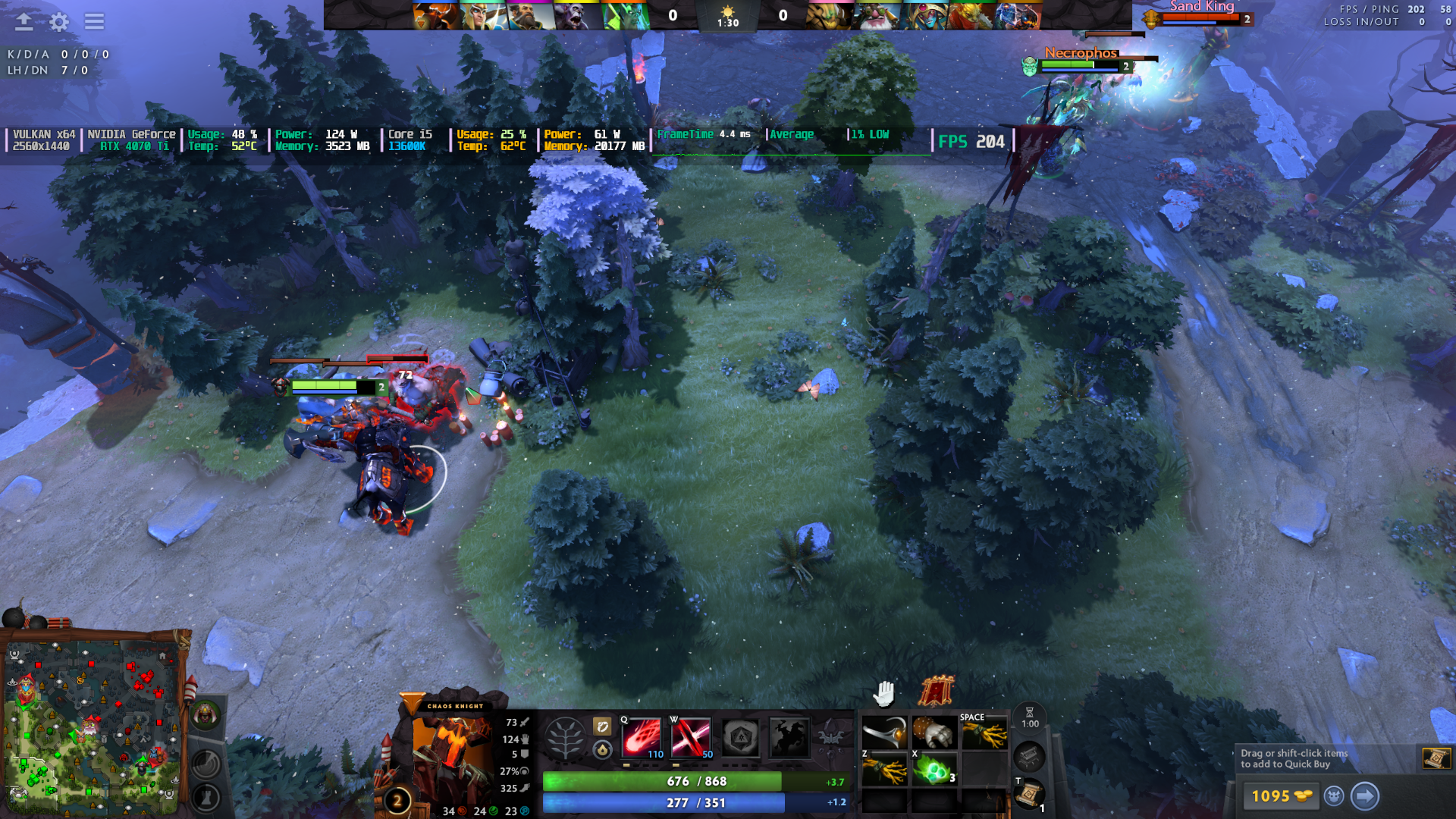
What is RAM Latency
Latency = Responsiveness. When the CPU requests data, it first checks its internal cache. If the data isn’t present, it retrieves it from RAM. Latency is the time it takes for the data to be fetched and made usable. This can be extremely crucial and directly impacts your FPS; the faster this process occurs, the quicker your CPU can prepare the frame for your GPU to render. Lower latency always wins in gaming, even when DDR5 delivers a massive bandwidth advantage, and high-performance DDR4 kits win vs. entry-level or even mid-range DDR5 kits. DDR4’s architecture allowed the CPU to communicate in 1:1 (Gear 1) mode, meaning the memory controller ran at the same speed as the DDR4 memory. In the case of DDR5, the CPU memory controller (12th gen – 15th gen Intel) runs at half (Gear 2) or a quarter (Gear 4) of your memory’s speed for compatibility.
As mentioned, lower latency always wins; it acts like a wider, faster highway with fewer toll booths. Your CPU gets the data it needs rapidly, so you get fewer slowdowns and more consistent performance, especially when the game changes scenes or renders many objects at once. At 1080p, low-latency memory is necessary for a high refresh experience natively without FG.
Things to consider before making a RAM choice
- If you are under 16GB and on DDR4, consider upgrading to a cheaper DDR4 kit. A fast DDR4 kit is likely incompatible with your motherboard’s QVL.
- Are you using a single 16 GB stick? Please consider buying another module. A single-channel configuration holds back immense potential. If you only have a budget for 16GB, buy two sticks instead of one. Even if it requires paying a few dollars more, go for it.
- If you don’t have enough RAM for playing your desired titles, you’ll see big performance problems, no matter how fast your RAM is.
So yeah, don’t overspend beyond 32 GB. Extra RAM rarely helps in gaming. Beyond 32GB is the playing field for content creators, LLM explorers, and others.
Looking For More Related to Tech?
We provide the latest news and “How To’s” for Tech content. Meanwhile, you can check out the following articles related to PC GPUs, CPU and GPU comparisons, mobile phones, and more:
- 5 Best Air Coolers for CPUs in 2025
- ASUS TUF Gaming F16 Release Date, Specifications, Price, and More
- iPhone 16e vs iPhone SE (3rd Gen): Which One To Buy in 2025?
- Powerbeats Pro 2 vs AirPods Pro 2: Which One To Get in 2025
- RTX 5070 Ti vs. RTX 4070 Super: Specs, Price and More Compared
- Windows 11: How To Disable Lock Screen Widgets
 Reddit
Reddit
 Email
Email
